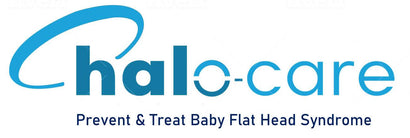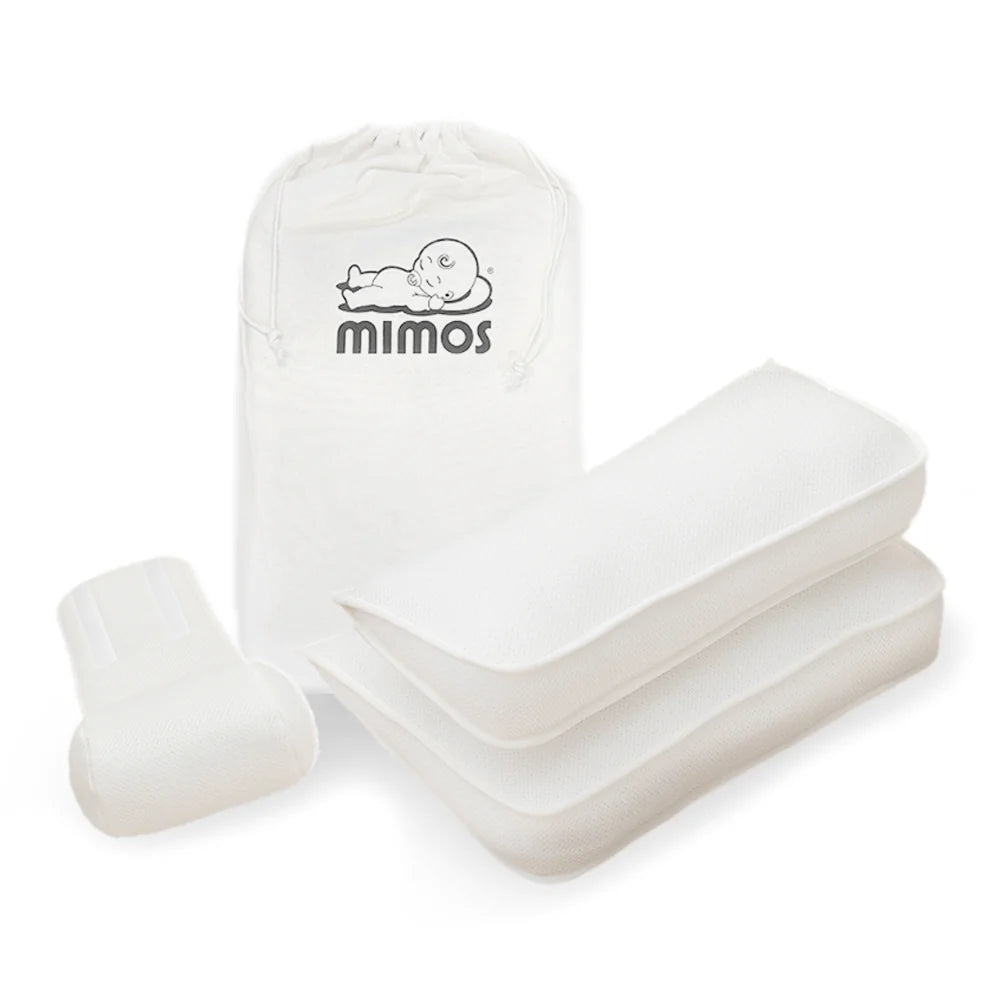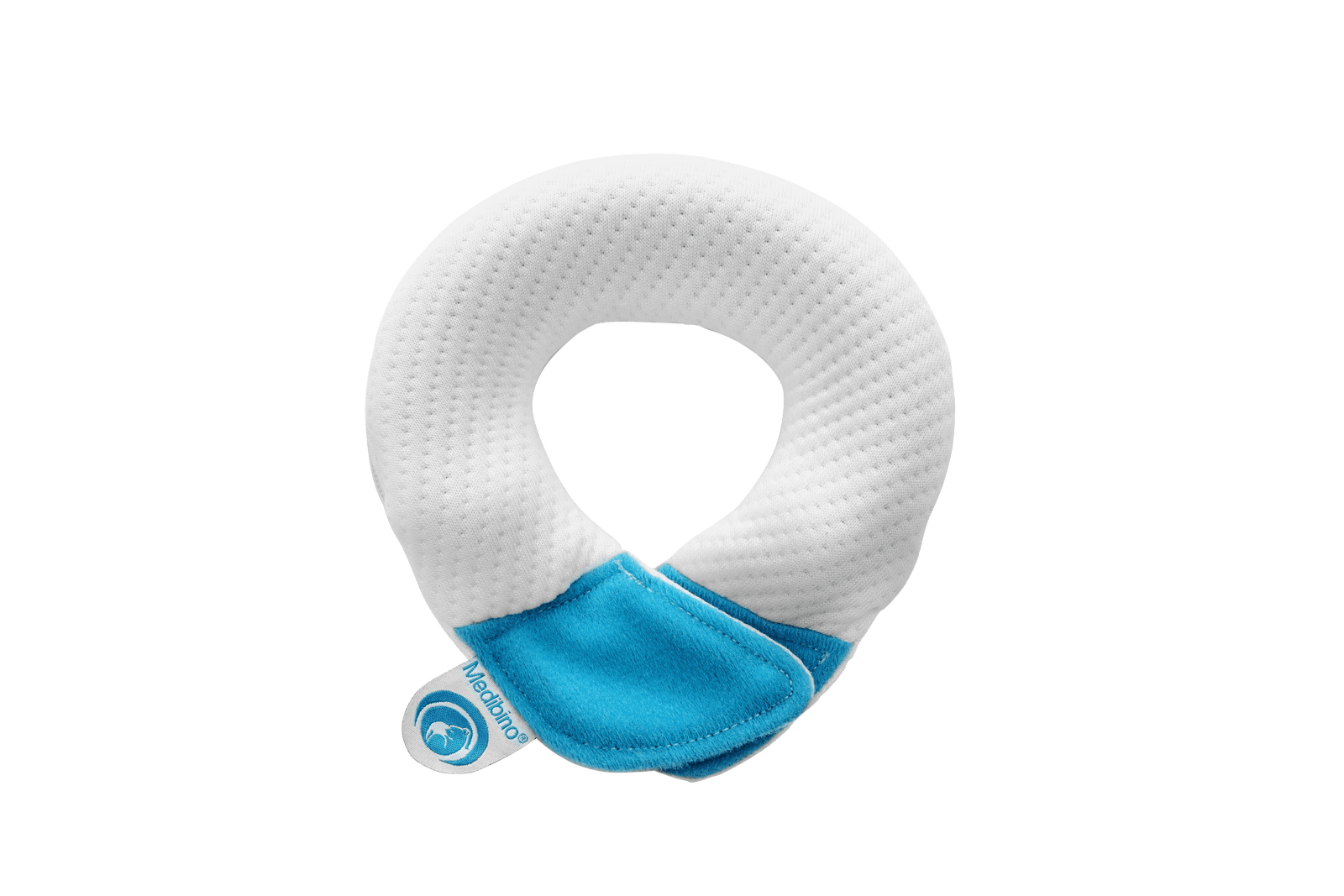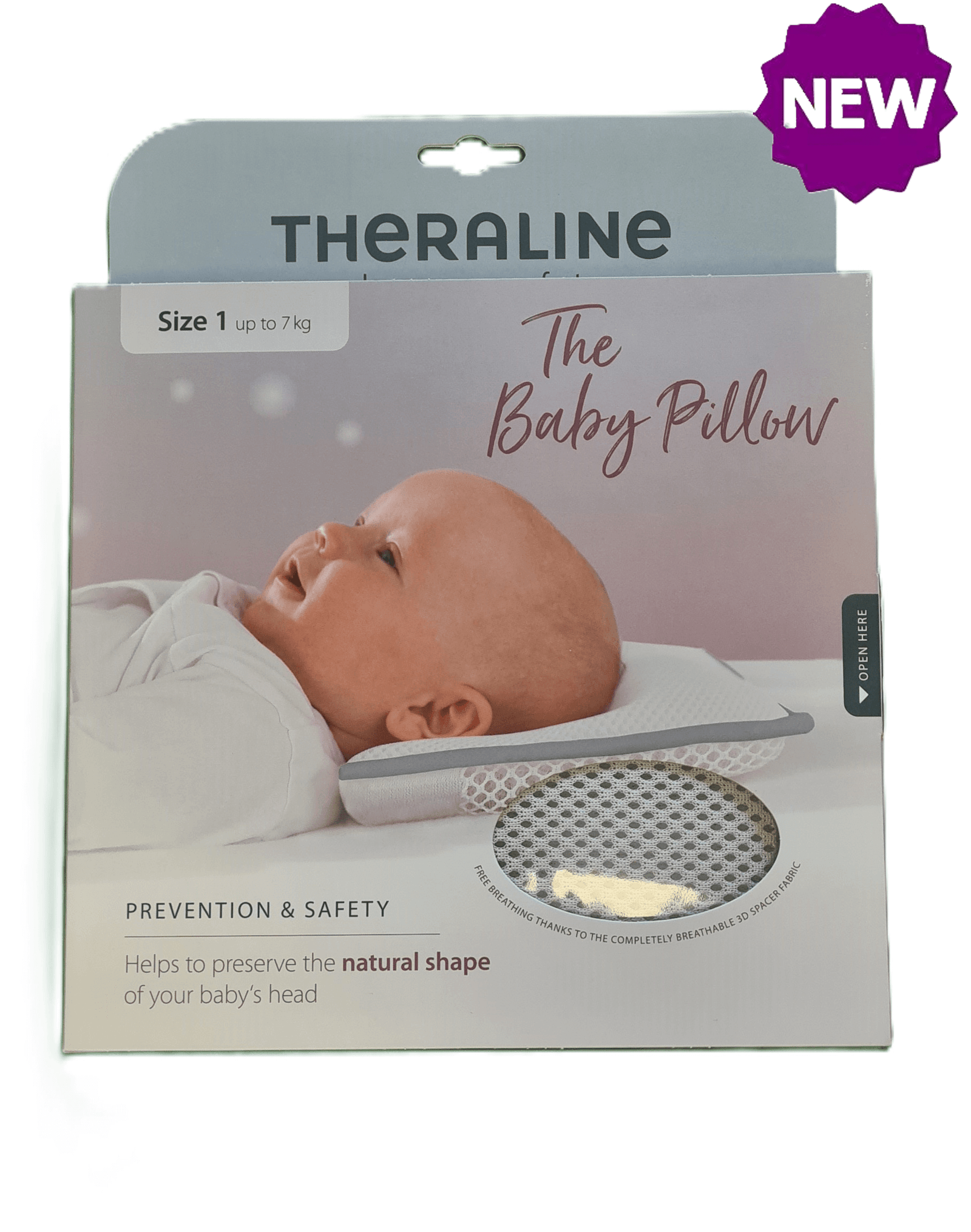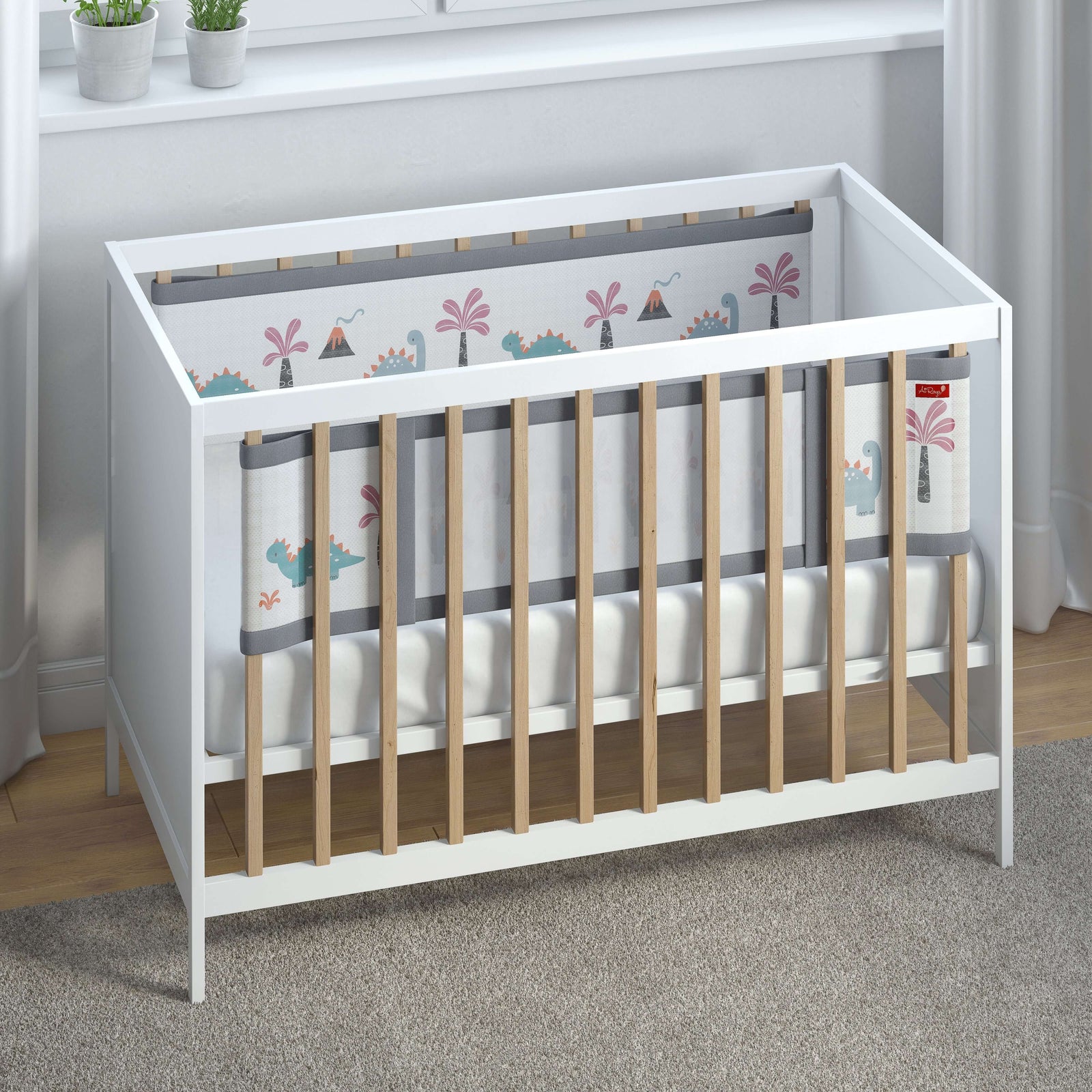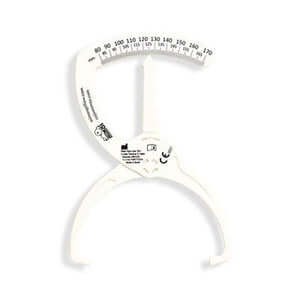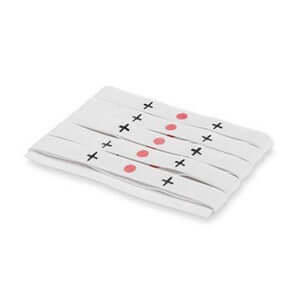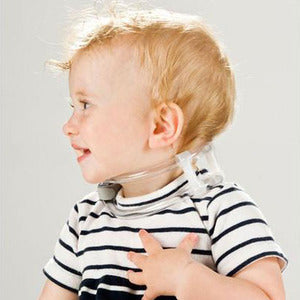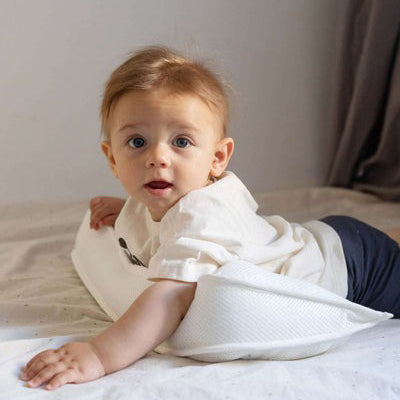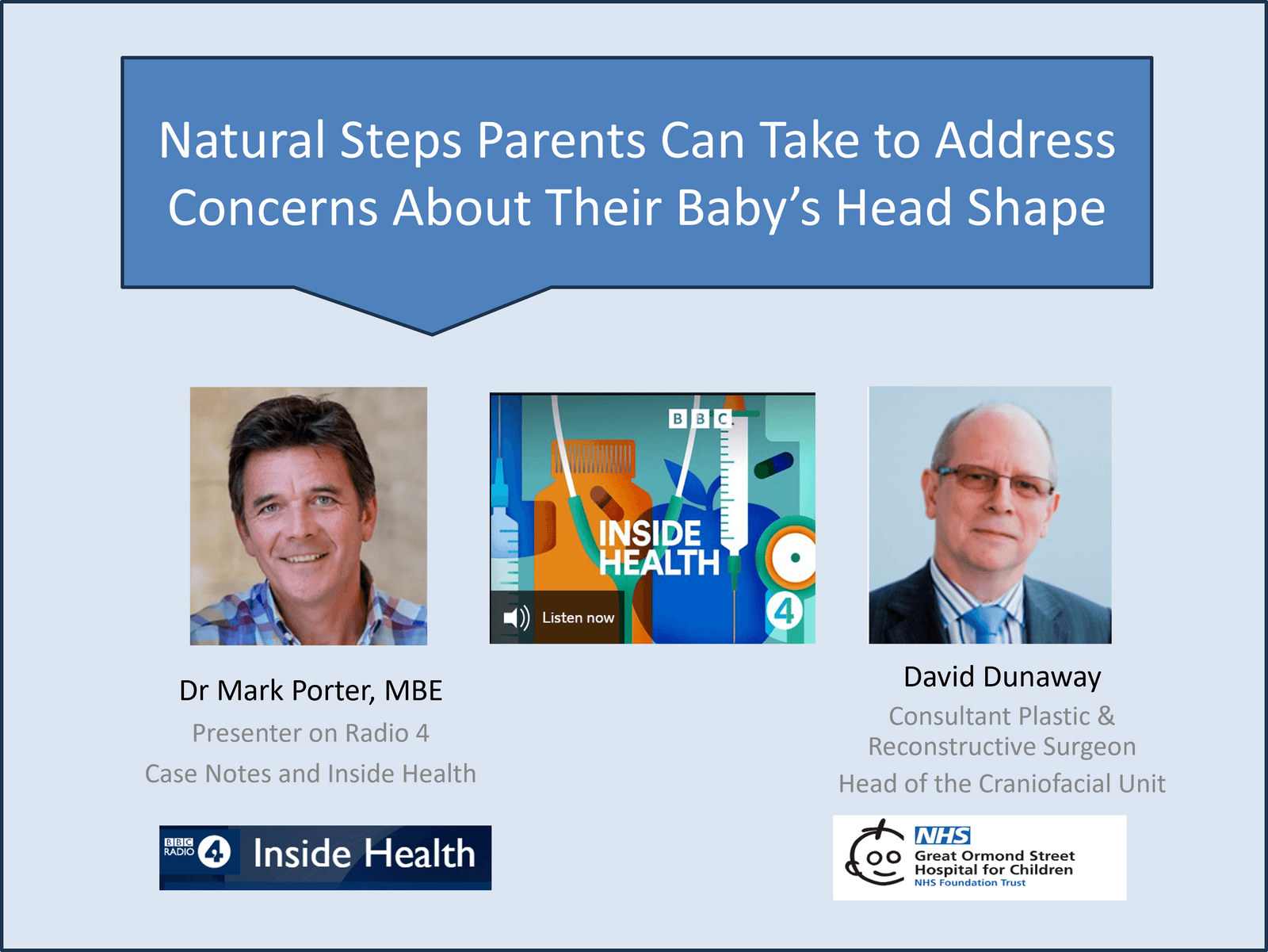Natural Steps Parents Can Take to Address Concerns About Their Baby’s Head Shape
Key Takeaways
- Babies are born with soft skulls: This makes them prone to flat spots when lying on their backs for extended periods.
- Encourage tummy time: Supervised tummy time helps strengthen neck and back muscles, relieving pressure on the skull.
- Use repositioning techniques: Alternate the direction your baby faces in their cot and use aids like specialist pillows or wedges.
- Most cases resolve naturally: As babies grow and gain mobility, their head shape often returns to normal.
- Seek professional advice if needed: Severe cases may require guidance from a craniofacial specialist.
Watch the Interview
Here’s an condensed version of the interview from BBC Radio 4's Inside Health, where Dr Mark Porter speaks with David Dunaway, Consultant Plastic & Reconstructive Surgeon at Great Ormond Street Hospital.
Full Interview Transcript
Presenter: Dr Mark Porter, MBE
Guest: David Dunaway, Consultant Plastic & Reconstructive Surgeon, Head of the Craniofacial Unit at Great Ormond Street Hospital (GOSH)
Dr Mark Porter: Hello, I'm Doctor Mark Porter and thank you for downloading this edition of Inside Health.
00:06 I hope you enjoy it.
00:10 And who better to provide some balance than a craniofacial specialist from Great Ormond St Hospital, consultant plastic surgeon David Dunaway?
00:21 When babies are born, their skulls are very, very soft indeed. Ever since the early 90s, it has been shown that it is much safer for babies to lie on their backs, significantly reducing the incidence of cot death.
00:35 However, for a baby that has a relatively big head for its body and weak muscles, they are unable to turn much. The forces acting on the skull in one place can cause gradual flattening.
00:54 Babies lying on their backs may have their heads fall to one side or another. Most babies naturally develop a preference for one side.
01:03 If this persists, flattening becomes more pronounced on the side they favour.
01:15 Once there is flattening, it becomes comfortable for babies to continue lying in that position.
01:31 Generally, it doesn’t matter. For most babies, mild flattening resolves naturally as they grow, improve head control, and become more mobile.
02:07 Mild asymmetry in skulls is common even in the normal population. None of us are perfectly symmetrical.
02:23 David Dunaway: There are simple measures parents can take:
- Rearrange the cot so everything of interest is on the opposite side, encouraging the baby to turn their head.
- Use special pillows to distribute pressure evenly.
- Add wedges under the mattress to make it comfortable for babies to face different directions.
- Incorporate supervised tummy time during the day.
- Ensure car seats and other resting spots are not too hard or tilted too far back.
03:20 For more details on repositioning techniques, visit the BBC Radio 4 Inside Health page.
Recommended Products
- Mimos Baby Pillow: A CE-approved medical device designed to reduce pressure on the baby’s skull.
- Tummy Time Cushion: Encourages tummy time while keeping your baby comfortable.
- Positioning Wedges: Aids in preventing and reducing flat spots by promoting healthy positioning.
